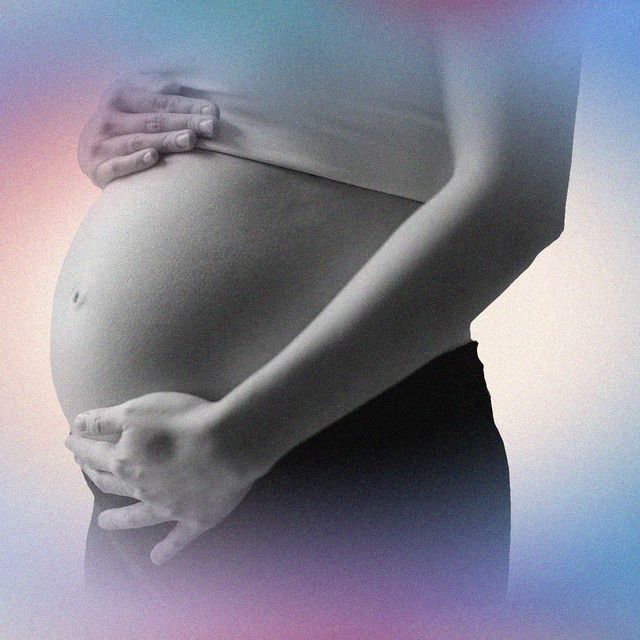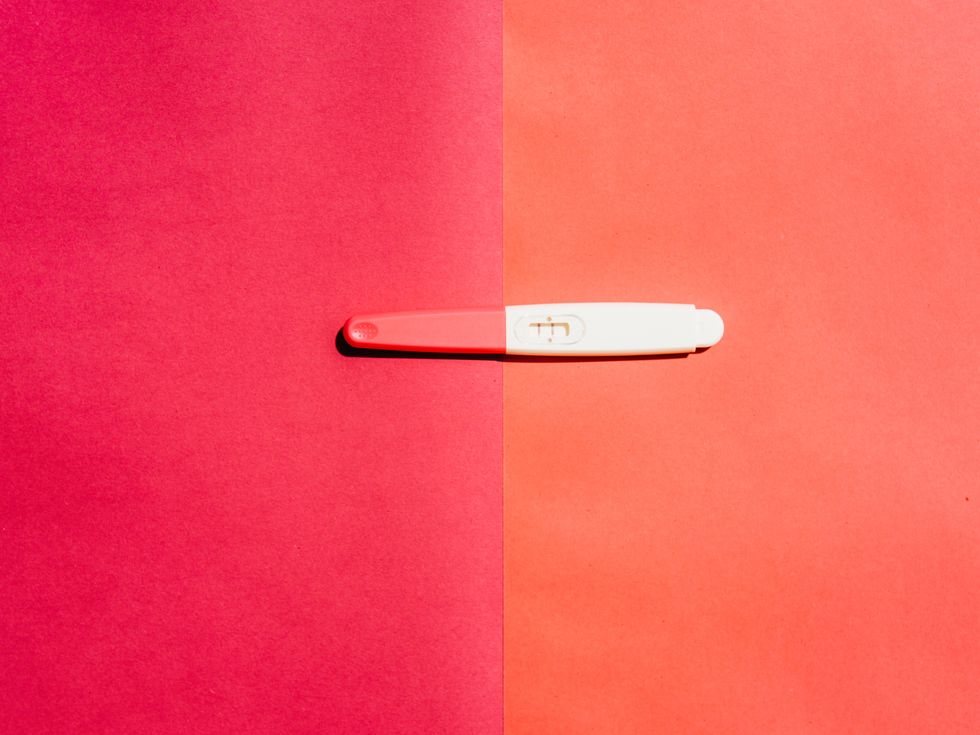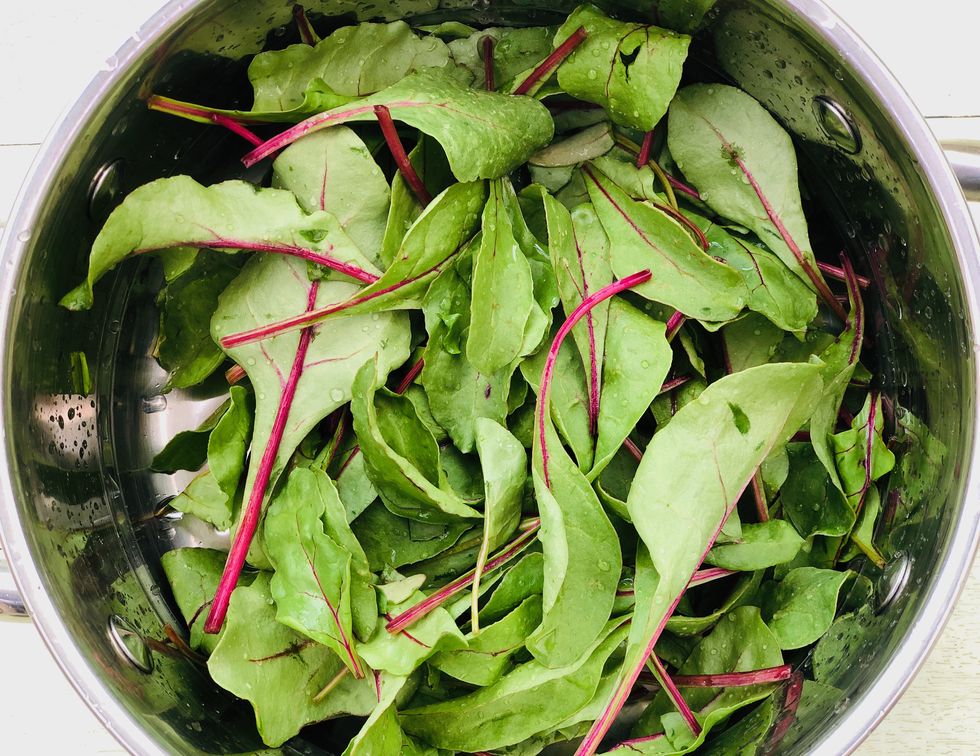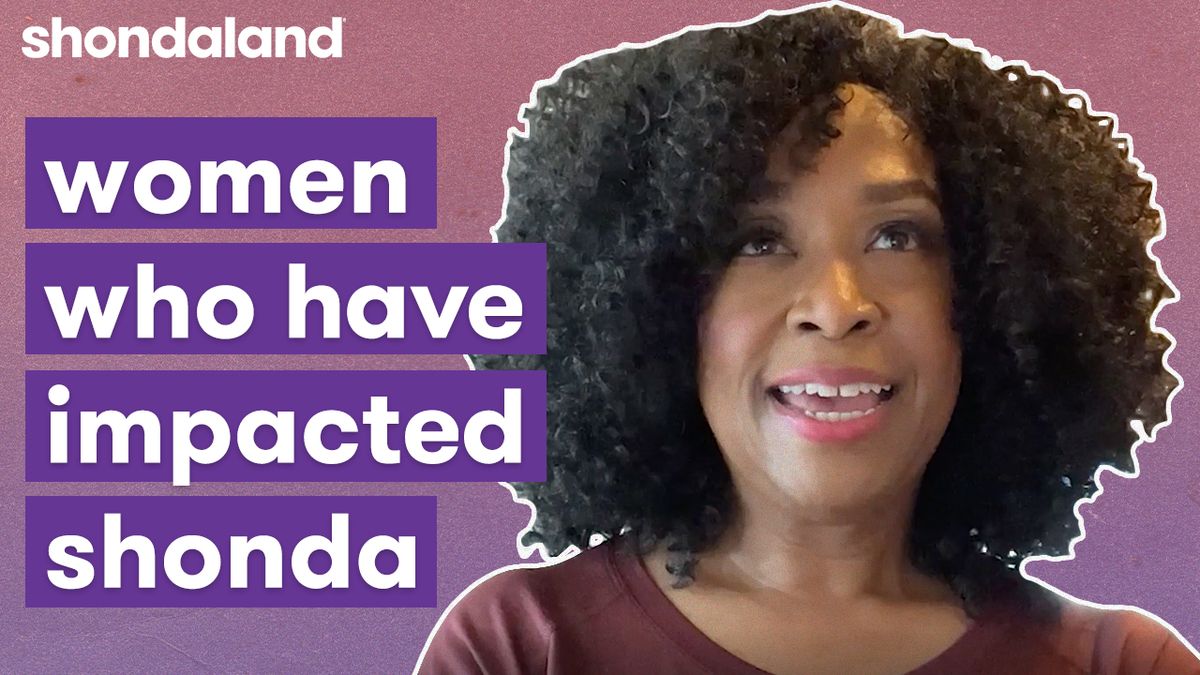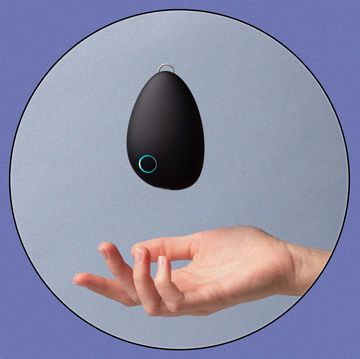Women hoping to get pregnant in their mid-30s are often told that by age 35, it’s all downhill. Thirty-five is often deemed “the fertility cliff,” and pregnancies achieved at that age or later are labeled as “geriatric.” This can be stressful for those who feel the pressure of the ticking clock as they approach their mid-30s and beyond. But if you’ve been thinking about having kids later in life, there is some good news: Experts are now saying that while, yes, fertility does decline after age 35, the concept of the cliff is outdated. Many women are having babies in their late 30s and even into their mid-40s. Here’s what to know about having children at that age.
Why age 35 got such a bad rap in the fertility world
“The reason the exact number of 35 is burned into our brains is because of older research that shows this is the age at which the risk of having a fetus with chromosomal anomalies like Down syndrome (which increases with age) equals the risk of miscarriage, following an amniocentesis procedure to diagnosis such conditions,” explains Dr. Jennifer Conti, an ob-gyn and medical adviser for Modern Fertility. The age has traditionally been used as a marker for when doctors strongly recommend special testing like an amniocentesis. Nowadays, however, there are highly accurate blood tests, like non-invasive prenatal testing, that do an excellent job at screening for these conditions without the need for invasive procedures. “With new tools for measuring hormones and more personalized interpretations of fertility,” Conti says, “the concept of a strict fertility cliff at the age 35 is rather antiquated.”
While it’s true that a person with ovaries will have their highest chances of conceiving in their 20s, Conti notes that it isn’t a hard drop-off the moment you reach your 35th birthday. She says, “Think of it more as a gradual hill than a cliff, one that declines a bit each year from puberty through menopause.”
Many parents are having babies later in life
In recent decades, people have begun to shy away from the traditional plan of starting a family in their 20s or early 30s and have been putting having kids on hold. Many have prioritized education and their careers first, and there’s been a shift of women getting married and wanting to start families well into their late 30s and 40s. Dr. Samuel E. Brown, the founder and medical director of Brown Fertility, says there are people in their 60s coming into fertility centers wanting to explore their options. He recommends not doing this past age 55 because the American Society for Reproductive Medicine recommends that women “not conceive after 55, as there’s statistical evidence that their heart and lungs have a harder time keeping up with the pregnancy at that age. They’re more likely,” he says, “to have heart attacks, lung failure, etc.”
Can you still get pregnant naturally after 35?
The answer is yes. “You can still get pregnant through intercourse, inseminations, and, yes, there is the option of IVF (in vitro fertilization), although it’s not necessary for all women above 35,” says Brown. He notes that there is even a possibility to become pregnant naturally in your mid-40s, as everyone’s body is different.
New advancements in fertility treatments
“Planning for pregnancy later in your reproductive years,” explains Conti, “often means being proactive with the tools that are now available to you: cycle tracking and hormone testing, egg or embryo freezing, and consultations with experts to explore the need for possible medications or procedures like IVF.”
Egg and embryo freezing (fertility preservation) is a significant tool in helping people conceive later in life, as it can preserve younger eggs and embryos that can then be used when there are less or fewer high-quality eggs. “The rise of at-home hormone testing is also a key advancement that’s helping people plan their pregnancies more efficiently,” Conti adds. “These tests have been essential tools in helping educate people on their reproductive health and also initiate fertility conversations with their health-care providers, which often happens too late in the game.”
Another beneficial test for those undergoing IVF is that doctors can test the embryos for the number of chromosomes, known as preimplantation genetic testing for aneuploidy (PGT-A). “The most common reason that women have a miscarriage is because of the embryos having an extra or missing chromosome,” says Dr. Lauren Bishop of Columbia University Fertility Center. “PGT-A allows us to screen the embryos more closely and decrease the chance of having a miscarriage.”
How to optimize your fertility after 35
When it comes to optimizing fertility past 35, talking to your doctor and finding the right treatment path is key. While fertility may feel out of your control, there are some strategies doctors suggest that can potentially help the process:
Track your cycle: Having sex within your fertile window is the best way to ensure your chances of conceiving. Bishop says you can track your menstrual cycle to make sure you are timing intercourse during your fertility window. She adds, “[You] can also use ovulation predictor kits to help with timing.”
Give it six months: “If you are 35 or older and don’t get pregnant in the first six months of trying, you should see your health-care provider to discuss what might be right for you,” says Dr. Barbara J. Stegmann, an ob-gyn and the clinical lead of women’s health at Organon. Bishop explains that females are born with all their eggs, and the quality of the egg starts to decline around age 35, placing those over 35 at a higher chance of having a miscarriage. For this reason, Stegmann will often start a fertility evaluation after parents have been trying to conceive for six months, as compared to 12 months for someone who is 30. Stegmann says many patients “will go on to have a pregnancy without any treatment, but [it’s] a good time to start the evaluation and address any potential issues.”
Follow your doctor’s recommendation: “A lot of our patients will come in for information and return a year later wanting to start something simple, which is natural,” says Brown. But he strongly encourages patients to actively engage in what the doctor recommended and not treat it as a suggestion and come back a couple of years later. Brown notes that the American College of Obstetricians and Gynecologists advises that the younger the age a person wishes to conceive, the higher the chances are of success. Brown also explains that a female is born with a barrel of eggs, and at ages 40 to 44, the bottom of the barrel is reached, and egg production stops. Thus, he likes to take a more aggressive approach as a patient gets closer to 40.
Live a healthy lifestyle: Diet, exercise, and maintaining a healthy weight are important aspects of optimizing fertility. “Exercise more, and eat healthy, whole foods,” says Brown, who recommends 400 micrograms a day of folic acid before and throughout the pregnancy. Many prenatal vitamins will have this in it, plus the extra calcium and iron that many doctors recommend. Another recent recommendation is to take low-dose aspirin, about 1 milligram daily before and during pregnancies. Brown notes, “It’s been shown to decrease preeclampsia.”
Minimize toxins: Bishop says taking precautions like avoiding drugs and alcohol and limiting caffeine can help. “And avoid additives and chemicals like endocrine disruptors,” says Dr. Cindy Duke, a dual board-certified virologist and ob-gyn. That includes BPA and phthalates, which can be found in plastics like food-storage containers when you order restaurant takeout, as well as artificial fragrances and parabens in some beauty products.
Nicole Pajer is a freelance writer whose work has been published in The New York Times, AARP, Woman’s Day, Parade, Men’s Journal, Wired, Emmy Magazine, and others. Keep up with her adventures on Twitter at @nicolepajer.
Get Shondaland directly in your inbox: SUBSCRIBE TODAY
